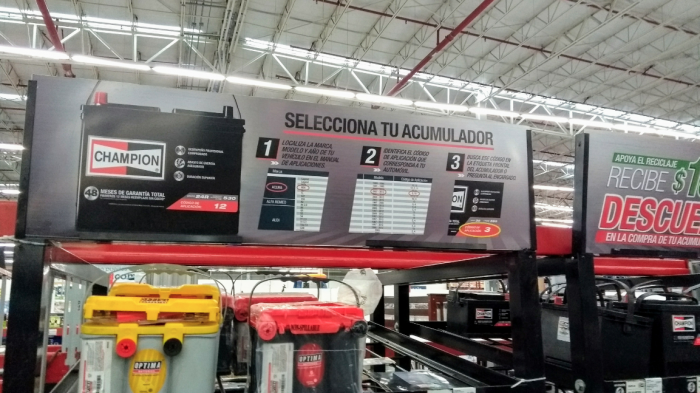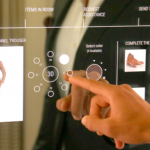Usually when we are in a point of sale of a retail store we can find different elements that the brands use to communicate with us the consumers.
Nothing is casual in a retailer. All aspects add to the communication of brands and stores, an experience designed with the intention of influencing purchase decisions.
For this reason, signage, light, advertising, POP material, furniture, among other factors, are of great importance to position a product at the point of sale.
The communication of the marks at the point of sale
An effective point of sale should be visually appealing. For this, it is necessary to design an image that impacts the view of the consumer. This can be done through animation. In other words, elements that add a differential value to the product in its category. POP material, for example, as you know has different types, which will indicate the product category in some way, try to influence the purchase of the product and, above all, to inform the promotions that the brand handles. In a way, all of this helps improve brand communication, and also improves product turnover and increases sales.
In the following example you can see how the brand communicates with consumers. It is a brand specialized in accumulators for cars. The first element that we can observe is a signage that aims to inform the characteristics of the product that is put on sale. On the other hand, it supports the sales work of the vendors, since all data explain how to choose an accumulator.


Finally, another element that adds to the communication of the brand is the use of the catalog. As you can see POP material at the point of sale tells the consumer to locate the make, model and year of your vehicle; then asks you to identify the application code that corresponds to your car; to finish, it asks the consumer to look for the code in the front label of the accumulator or in his case ask the manager.
The catalog is a relevant element, as it describes the most important aspects of the product being offered. Obviously, their function is to give the most outstanding information, which will influence the decision to buy the consumer, since without the catalog the consumer could make a purchase decision according to their needs.
Written by Guillero Cortés , taken from Informa BTL


 Español
Español




